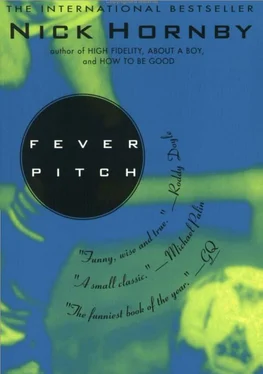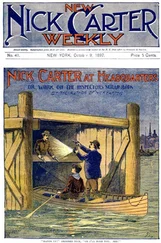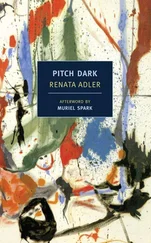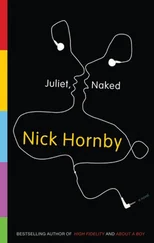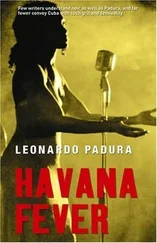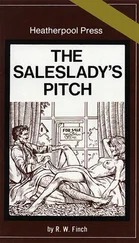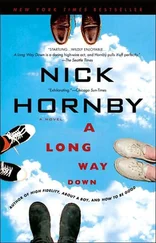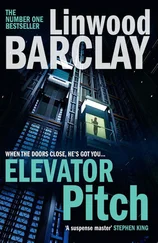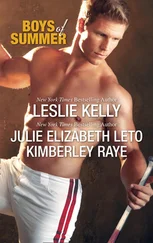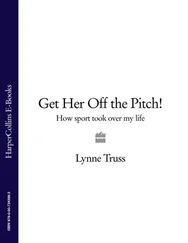At Derby he was astonishing on a dreadful, muscle-jellifying winter pitch (Those pitches! The Baseball Ground at Derby, White Hart Lane, Wembley even … was winter grass really an eighties innovation, like the video machine or frozen yoghurt?). He scored twice, two screamers, and to the tune of Andrew Lloyd Webber’s then-recent hit, we sang “Charlie George! Superstar! How many goals have you scored so far?” (to which the Derby fans, like others all over the country had done before them, replied “Charlie George! Superstar! Walks like a woman and he wears a bra!” It is hard not to laugh when people remember the sixties and seventies as the golden age of terrace wit). Despite Charlie’s double, the game finished 2-2 after a late Derby equaliser, and I therefore got the draw I’d been cravenly hoping for, but not the aggro-free walk back to the station that was supposed to be mine as a consequence.
It was Charlie’s fault. A goal, for reasons that would require a book in itself to explain, is a provocative gesture, especially when the terraces are already bathed in a sort of half-light of violence, as they were on that afternoon. I understood that Charlie was a professional footballer, and that if an opportunity to score came his way then our tenuous safety should not in itself be a consideration. This much was clear. But whether it was absolutely essential to celebrate by running over to the Derby fans—in whose snarling, southern-poof hating, Cockney baiting, skinheaded, steel-toecapped company we were obliged to spend the remainder of the afternoon, and through whose hostile, alleywayed territory we were obliged to scuttle after the final whistle—and making an unambiguous take-that-you-provincial-fuckers V-sign … this was much more opaque. The way I saw it, Charlie’s sense of responsibility and duty had momentarily let him down.
He got booed off the pitch and fined by the FA; we got chased all the way on to our train, bottles and cans cascading around our ears. Cheers, Charlie.
ARSENAL v DERBY
29.2.72
The replay finished nil-nil, a game with no merit whatsoever. But it remains the only first-team game that has taken place at Highbury on a midweek afternoon during my Arsenal time: February 1972 was the time of the power workers’ strike. For all of us it meant sporadic electricity, candlelight, occasional cold suppers, but for third-year football fans it meant visits to the Electricity Board showroom, where the cut-off rota was posted, in order to discover which of us were able to offer The Big Match on Sunday afternoons. For Arsenal, the power crisis meant no floodlights, hence the Tuesday afternoon replay.
I went to the game, despite school, and though I had imagined that the crowd might consist of me, a few other teenage truants, and a scattering of pensioners, in fact there were more than sixty-three thousand people there, the biggest crowd of the season. I was disgusted. No wonder the country was going to the dogs! My truancy prevented me from sharing my disquiet with my mother (an irony that escaped me at the time), but what was going on ?
For this thirtysomething, the midweek afternoon Cup-tie (West Ham played giant-killers Hereford on a Tuesday afternoon as well, and got a forty-two-thousand-plus crowd) now has that wonderful early seventies sheen, like an episode of The Fenn Street Gang or a packet of Number Six cigarettes; maybe it was just that everyone at Upton Park and Highbury, all one hundred and six thousand of us, wanted to walk down one of the millions of tiny alleys of social history.
STOKE CITY v ARSENAL
(Villa Park) 15.4.72
The 71/72 FA Cup was a cracker, an apparently endless source of wonder and tricky trivia questions. Which two teams took eleven hours to settle their fourth qualifying round tie? Which player scored nine goals in his team’s first round 11-0 win over Margate? Who did he play for then? Where was he transferred to later? Who were the two Hereford players who scored in their Southern League side’s astonishing 2-1 victory against First Division Newcastle? (A clue: the surnames have special resonance for Arsenal fans.) Oxford City and Alvechurch; Ted Macdougall; Bournemouth; Manchester United; Ronnie Radford and Ricky George: one point for each, seven points and you’ve won a pair of Malcolm Macdonald sideboards.
And then there were the afternoon Cup replays and Charlie’s V-sign, and at Villa Park, in our semi-final against Stoke, our goalkeeper Bob Wilson was carried off in the middle of our 1-1 draw (John Radford had to take over) and I spoke to Bob McNab, the Arsenal left-back, a couple of hours before the kick-off.
I went up to Villa Park with Hislam, a wannabee hooligan from Maidenhead whom I ran into on trains every now and again. I was in awe of him. He wore a white butcher’s coat covered in crudely drawn red Arsenal slogans, de rigueur for anyone with any terrace pretensions; and on the way home from games he would sit down next to me on the 5.35 from Paddington and ask me the score, explaining that he had been detained in the police cells under the pitch and therefore had no idea of what had been going on above his head. Jenkins, the apparently legendary leader of the North Bank (I’d never heard of him, needless to say), was a personal friend of his.
I was soon to find out, predictably, that this was all rubbish, and that Hislam’s relationship with reality was tenuous even on a good day. If there was such a person as Jenkins (the Leader, a scheming hooligan-general responsible for military tactics, probably has its roots in urban, or even suburban, myth) Hislam didn’t know him; and even I, desperate to number among my acquaintances a real-life criminal, began to wonder how an ostensibly harmless-looking fourteen-year-old managed to get himself arrested every single Saturday for offences which remained frustratingly vague.
Football culture is so amorphous, so unwieldy, so big (when I listened to Hislam talk about incidents in King’s Cross and Euston and the back streets of Paddington, the whole of London seemed within the grasp of its tentacles) that it inevitably attracts more than its fair share of fantasists. If you wish to have taken part in a fearsome battle with Tottenham fans, it doesn’t have to have happened within the stadium where it could easily be verified. It could have taken place at a station, or on a route to the ground, or in an enemy pub: football rumours of this kind have always been as thick and as impenetrable as smog. Hislam knew this, and was as happy as Larry inventing his gruesome and improbable lies; football was perfectly equipped to feed his ravenous appetite for self-deception, just as it was able to feed mine. For a while, we had a satisfying symbiosis going. He wanted to believe he was a hooligan, and so did I, and for a while he could have told me anything.
Dad had obtained two terrace tickets for the game for me (I hadn’t explained to him the full extent of my football solitude) and Hislam had generously agreed to take the spare. When we arrived at Villa Park we had to find the box office to pick them up. It was one-thirty, and a few of the players were there, distributing tickets to wives and family and friends. Bob McNab, the left-back, was one of them; he hadn’t played in the first team since January, and I was surprised to see him. I couldn’t believe that Bertie Mee was going to give him his first run-out for three months in an FA Cup semi-final. In the end my curiosity overcame my shyness.
“Are you playing, Bob?”
“Yeah.”
Dialogue in works of autobiography is quite naturally viewed with some suspicion. How on earth can the writer remember verbatim conversations that happened fifteen, twenty, fifty years ago? But “Are you playing, Bob?” is one of only four sentences I have ever uttered to any Arsenal player (for the record the others are “How’s the leg, Bob?” to Bob Wilson, recovering from injury the following season; “Can I have your autograph, please?” to Charlie George, Pat Rice, Alan Ball and Bertie Mee; and, well, “How’s the leg, Brian?” to Brian Marwood outside the Arsenal club shop when I was old enough to know better) and I can therefore vouch for its absolute authenticity.
Читать дальше
